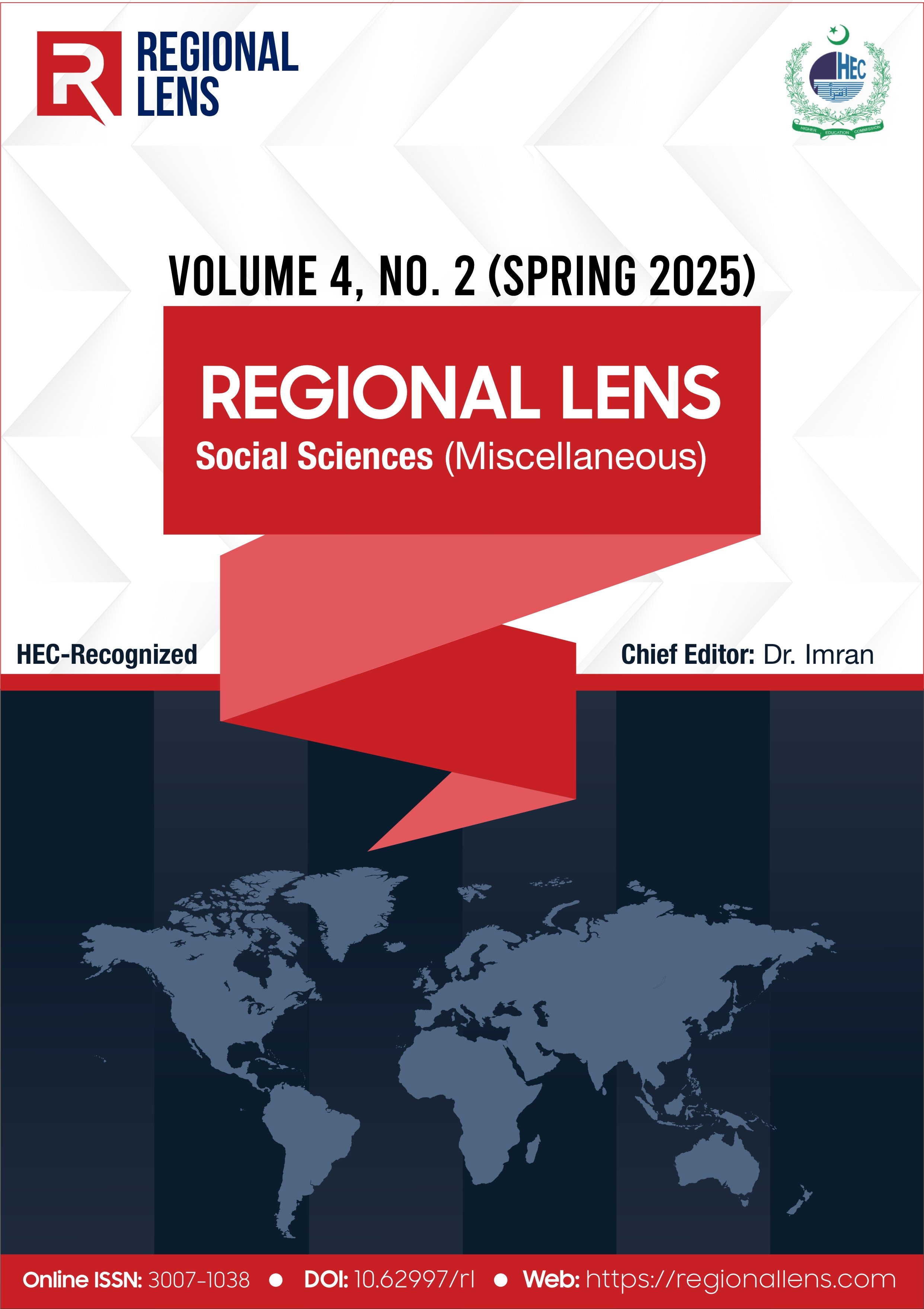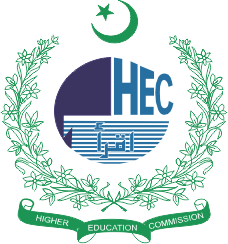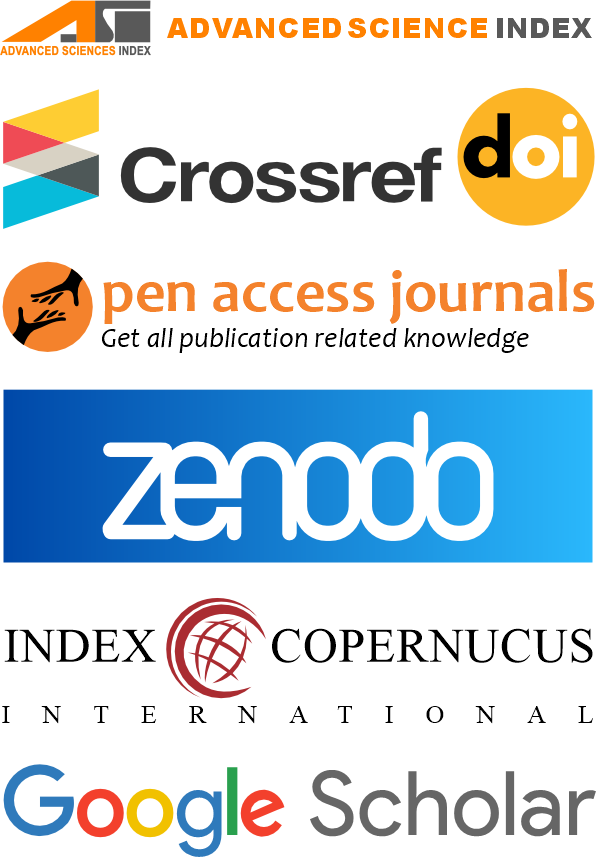The Effects of Socio-Cultural Challenges of Lady Health Workers on their Psychological Wellbeing in Multan
DOI:
https://doi.org/10.55737/rl.2025.42069Keywords:
Public Health, Psychological Well-Being, Household, Depression, MultanAbstract
Vaccine is a revolutionary tool to fight various diseases. It is made by weakening the disease-causing organism and administrating into the body. Vaccination activates the immune system to produce lifelong antibodies, protecting against future infections. It is a cost-effective, safe public health strategy to prevent life-threatening diseases, reducing treatment costs and the risk of complications such as paralysis. Public health concepts struggle in underdeveloped areas, with varying perceptions about vaccination and preventive treatments. This study was performed with an aim to understand how socio-cultural factors affect the perception of people about vaccination from the perspective of vaccinators. The area chosen for the study was Multan district of southern Punjab region inhabiting mostly lower- and middle-class population. To conduct the study, 18 vaccinators were interviewed who were the government employees under the supervision of Executive District Office of Health. The regional language of the area is “Saraiki” and all the interviews were conducted in the Saraiki and Urdu language, Urdu being the national language. As the researcher belongs to the same area, there was no need of a translator to conduct interviews. Interviews were recorded in audio format, transcribed verbatim and analysis was done. Seven themes were identified: vaccination perception, religion, healthcare use, parental compliance, family support, stakeholder roles, and socio-economic factors, with improved public vaccination attitudes. Parents do not have to take their children to the hospitals for vaccination. Mass media campaigns, involvement of religious scholars and stakeholders have positively influenced the perception of community about vaccination.
References
Arooj, S., Ali, S., Baber, N., Abbasi, A., & Ali, M. (2013). Socioeconomic factors effecting polio vaccination in Pakistan. Health, 05(05), 892–897. https://doi.org/10.4236/health.2013.55117
Aylward, B., & Tangermann, R. (2011). The global polio eradication initiative: lessons learned and prospects for success. Vaccine, 29 Suppl 4, D80-5. https://doi.org/10.1016/j.vaccine.2011.10.005
Babbie, E. R. (2017). The practice of social research. Cengage Learning.
Bhuvaneshwari, M. (2013). A case study on psychological and physical stress undergone by married working women. IOSR Journal of Business and Management, 14(16), 38-44.
Creswell, J. W. (2014). Research design: Qualitative, quantitative, and mixed methods approaches. Sage Publications.
Hafeez, A., Mohamud, B. K., Shiekh, M. R., Shah, S. I., Jooma, R. (2011). Lady health workers programme in Pakistan: Challenges, achievements and the way forward. JPMA. The Journal of the Pakistan Medical Association, 61(3), 210-215. https://ecommons.aku.edu/pakistan_fhs_mc_surg_neurosurg/248
Krueger, S., Ebner, C., & Rohrbach-Schmidt, D. (2024). Gender composition and the symbolic value of occupations: new evidence of a u-shaped relationship between gender and occupational prestige based on German microdata. Work, Employment and Society, 38(1), 242–261. https://doi.org/10.1177/09500170221117415
Matud, M. P. (2004). Gender differences in stress and coping styles. Personality and Individual Differences, 37(7), 1401–1415. https://doi.org/10.1016/j.paid.2004.01.010
Omer, S., & Jabeen, S. (2022). The Issues and Challenges Faced by Lady Health Workers in Maternal Health Care in Rural Communities: An Evidence from South Punjab. Pakistan Journal of Gender Studies, 22(2), 139–152. https://doi.org/10.46568/pjgs.v22i2.620
Owais, A., Khowaja, A. R., Ali, S. A., & Zaidi, A. K. M. (2013). Pakistan’s expanded programme on immunization: an overview in the context of polio eradication and strategies for improving coverage. Vaccine, 31(33), 3313–3319. https://doi.org/10.1016/j.vaccine.2013.05.015
Rostami, F. (2024). A New Urban Methodology for Iranian Urban Studies. In Inside Outside: The Hidden Voices of Historic-Old-New Yazd (pp. 1–24). Cham: Springer Nature Switzerland.




